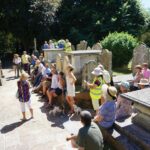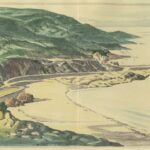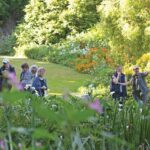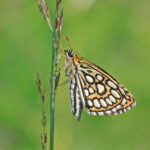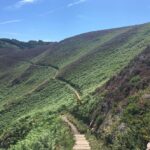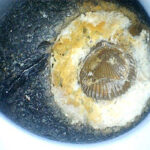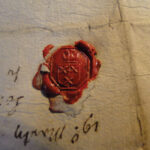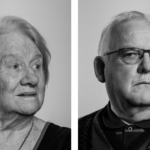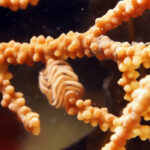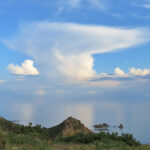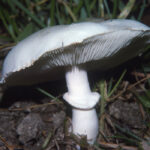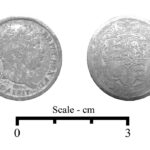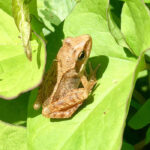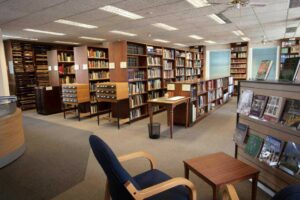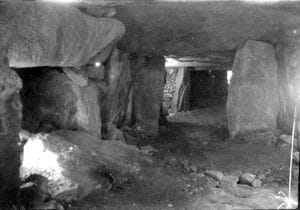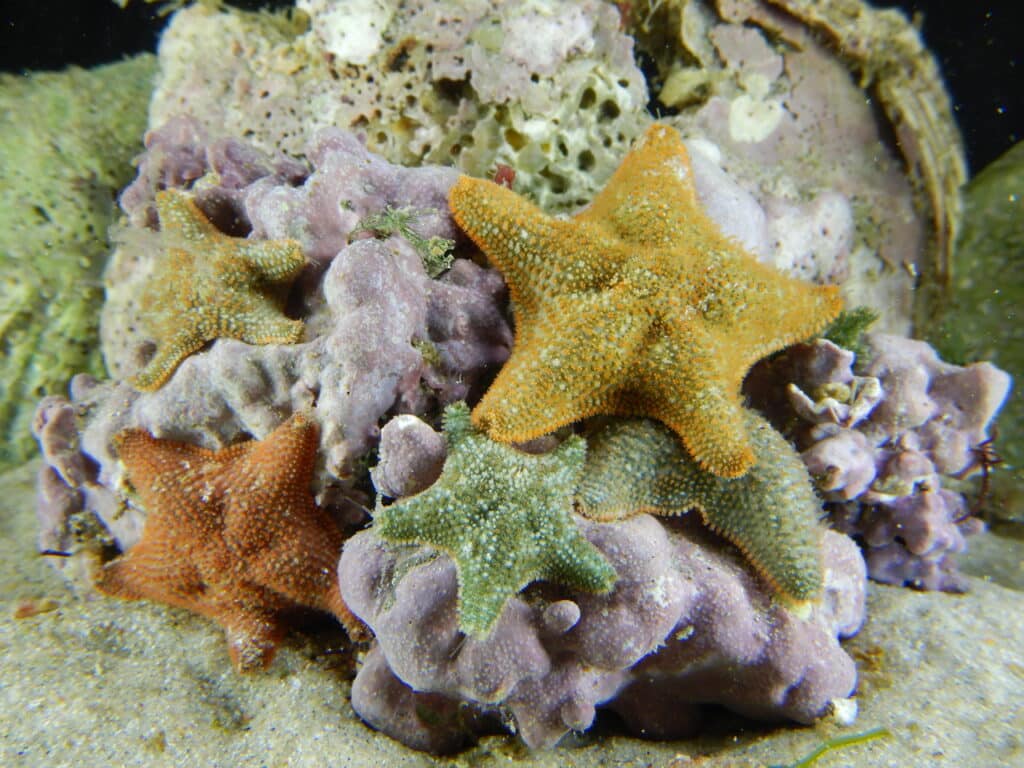with Dr. Rebecca Kinnear
“I had a weird obsession with sharks,” marine ecologist and co-chair of the Société Jersiaise Marine Biology Section Dr. Rebecca Kinnear explains as she recalls where her childhood fascination with the subject began. Although she says she has “no idea” where this interest came from initially, it was visiting relatives in the Isle of Man – particularly her scuba diving uncle – which really nurtured her enchantment with ocean life.
It was her first open water dive with her uncle in Port Erin in the Isle of Man at just 14 years old which she pinpoints as the moment where she found her calling: “That was it […] from that point on, all I ever wanted to do was Marine Biology.”
Following a degree in Marine and Coastal Ecology at Plymouth University and a PhD and postdoc at the University of St. Andrews, Dr. Kinnear now runs the Shetland Oil Terminal Environmental Advisory Group in Shetland (SOTEAG) which monitors the health of the local marine and coastal regions surrounding the Sullom Voe oil and gas terminal.
Whilst it was some of the largest creatures in the sea which first drew her to the field, Dr. Kinnear now specialises in some of the smallest – specifically the micro-organisms which live in the seabed itself and the role those tiny living things have on the overall health of marine eco-systems. And, though other Islands have figured heavily within Dr. Kinnear’s career so far, it was actually her husband’s work which brought her and her family over to Jersey. Whilst here, Dr. Kinnear continues to work remotely for SOTEAG through St. Andrew’s University.
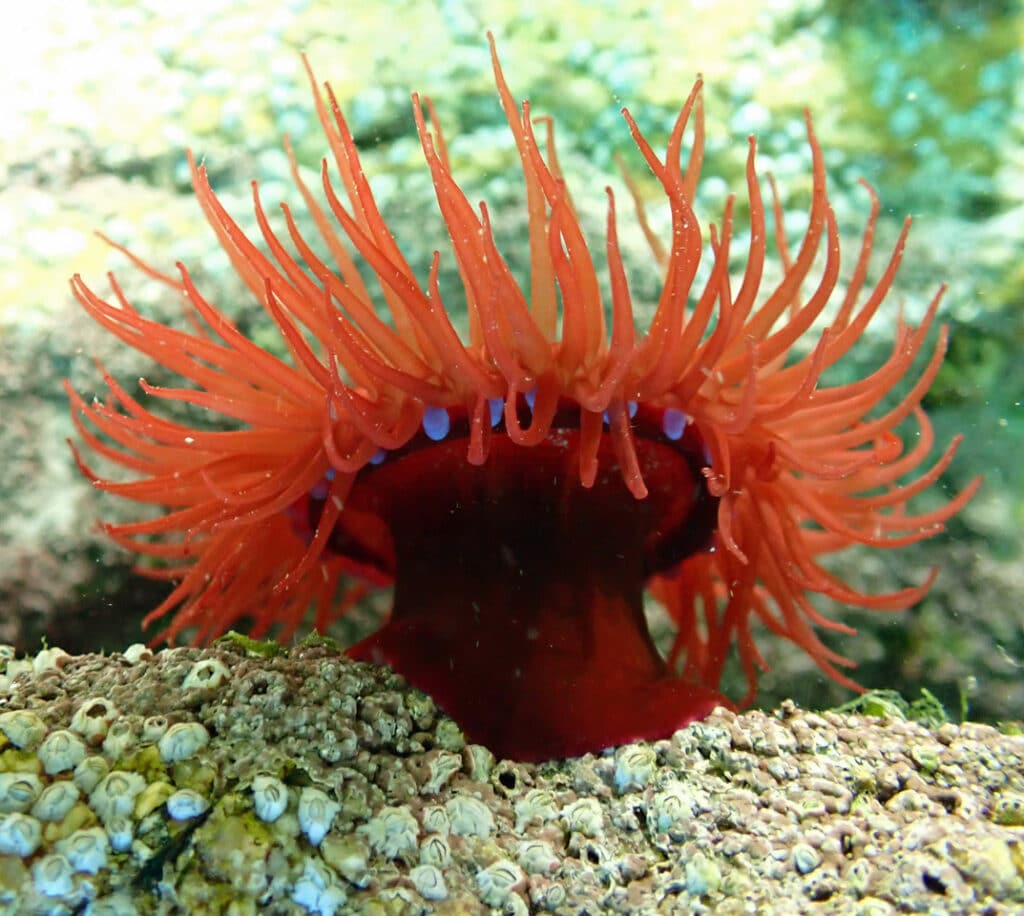
After settling in, Dr. Kinnear started to attend some of the Marine Biology Section meetings as she thought it would be a “great way to meet people and learn more about Jersey’s natural heritage and the coastal environment,” and she found the Société to be “an amazing resource” of “all these people with all this knowledge.”
And it’s her research background in marine biodiversity and experience in scientific monitoring that she has applied to assist with the projects carried out by one of Société’s most active Sections.
When asked about the importance of maintaining biodiversity in Jersey’s oceans and coastal areas, Dr. Kinnear said that this topic is “hugely important and it’s important in ways that people won’t even appreciate. It affects everybody, every day, all the time and we’re just not aware of it.”
According to the Marine Biologist, “an environment with greater biodiversity basically increases the resilience of a system to cope with change.” Dr. Kinnear also notes that, in a place like Jersey, biodiversity in nature also plays another important role: “I don’t think I’ve spoken to a single person in Jersey who doesn’t factor the environment they live in as part of their wellbeing. It’s a beautiful Island with the most amazing habitats and different locations that everybody benefits from in one way or another and that’s all down to biodiversity.”
Dr. Kinnear elaborated on this, saying that “lots of different species within our environments will carry out certain roles,” or to use the technical term ‘ecosystem functions’.
“If you’ve got a system with a really good biodiversity, a high diversity of different species, you’ll have species that carry out similar functions. If, suddenly, your habitat changes in a way that one species can’t exist, or maybe it gets out-competed by a non-native species coming in, it means that there are other species that carry out the same roles. So, it means you don’t have any catastrophic failures in any of those processes that we rely on.”
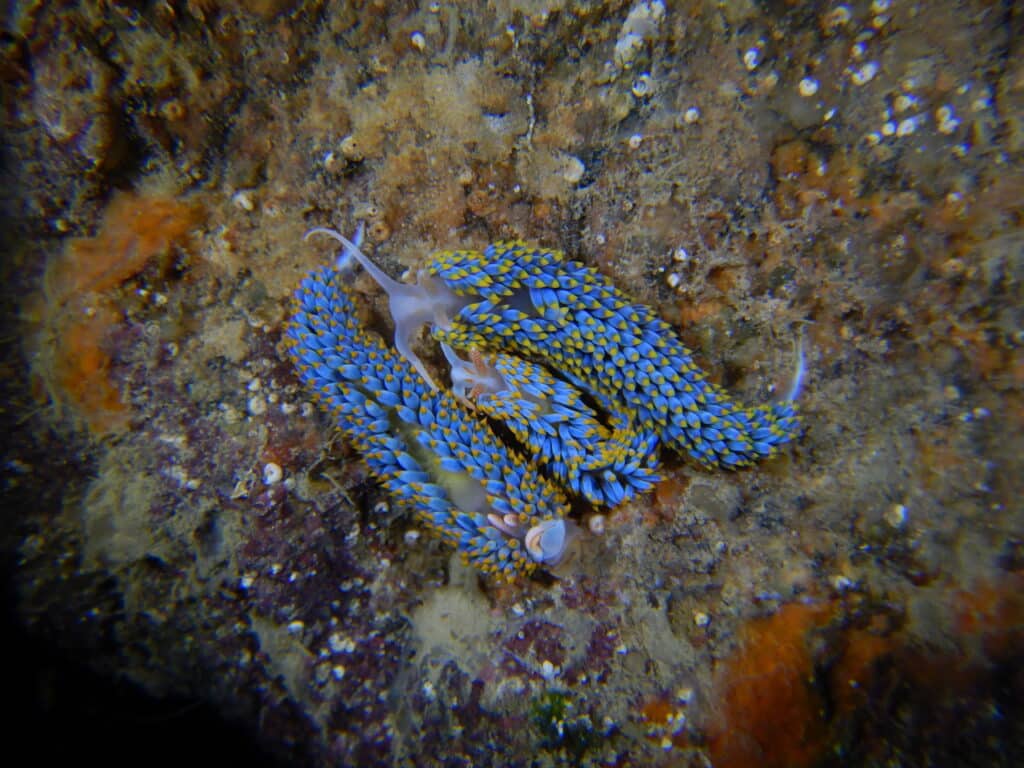
She added: “[Marine biodiversity is] massively important and especially important in Jersey. We’re a nine-by-five-mile Island surrounded by the water. We’ve got to look after it. We’ve got to have a happy, healthy Island and happy, healthy people. We need to maintain that biodiversity.”
One of the ways that local interest groups are monitoring the biodiversity of Jersey waters is through a pioneering ‘No Take Zone’ (NTZ) which has been established in Portelet Bay. And the Société Marine Biology Section was instrumental in pushing this through and continues to support the project through ongoing examination of the area.
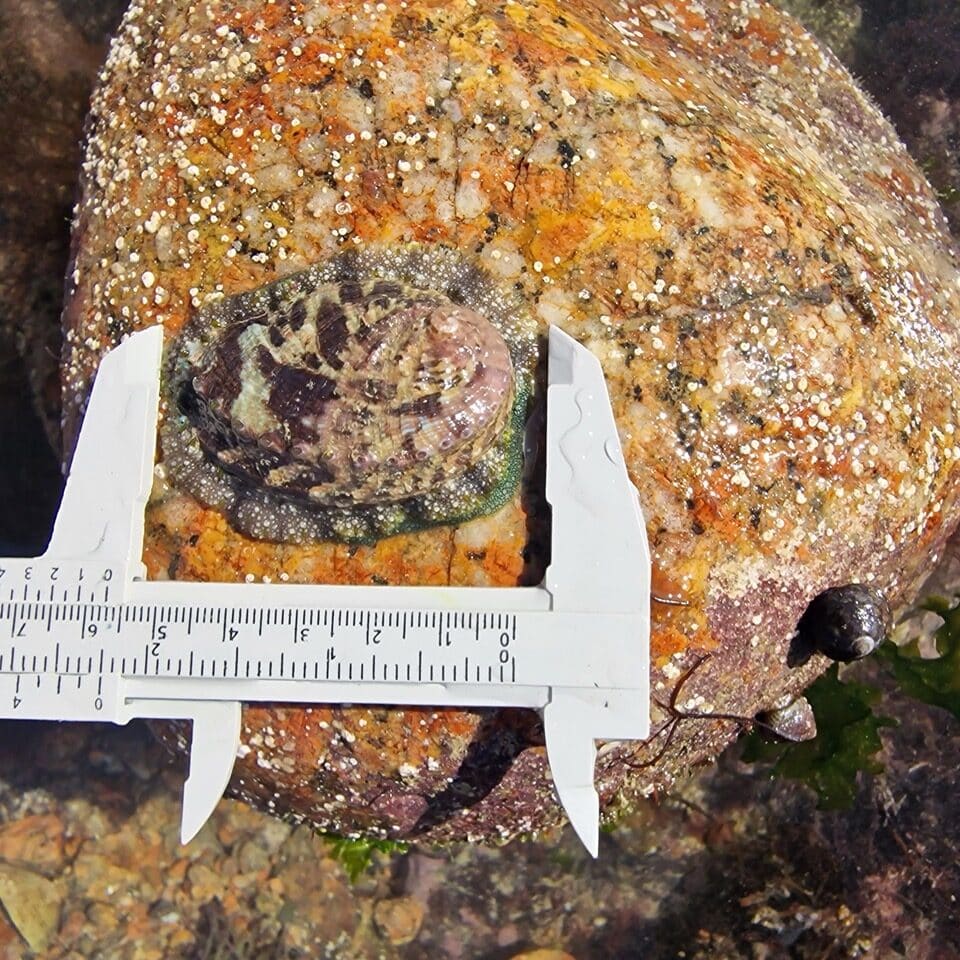
As the name implies, NTZ’s are protected areas of coastline where taking any marine species from the area is strictly prohibited. This extends to everything from restrictions on fishing and any other damage to the seabed like dredging.
These zones are established to find out what environmental and ecological changes – positive or negative – happen to a marine and coastal area if you stop these extractive activities in the eco-system altogether. Dr. Kinnear explained that what’s great about this project is that there was monitoring of the area before the NTZ was established, so they have a “really nice baseline of before and after” to compare the results.
With the caveat that it’s “early days” and no one was jumping to conclusions, Dr. Kinnear shared that “the preliminary data is looking really, really good. There are changes, species numbers are increasing, and diversity is starting to increase at this point, so it’s looking really hopeful.”
Of course, Dr. Kinnear emphasised that only time will tell, and securing the funding for the continuation of the project is vital to get a full picture of the research. It is hoped that through the project, public awareness of the marine environment will improve. For example, the Blue Marine Foundation in partnership with the Société has introduced snorkel trails in Portelet which help to educate and engage the local communities and visitors to the Island.
Giving advice about how Islanders should act in the area now the NTZ is in force, Dr. Kinnear said: “We don’t want people not to look. Going down and having a shifty around the rockpools is amazing, I take my own kids down there. Just be responsible whilst you are there.”
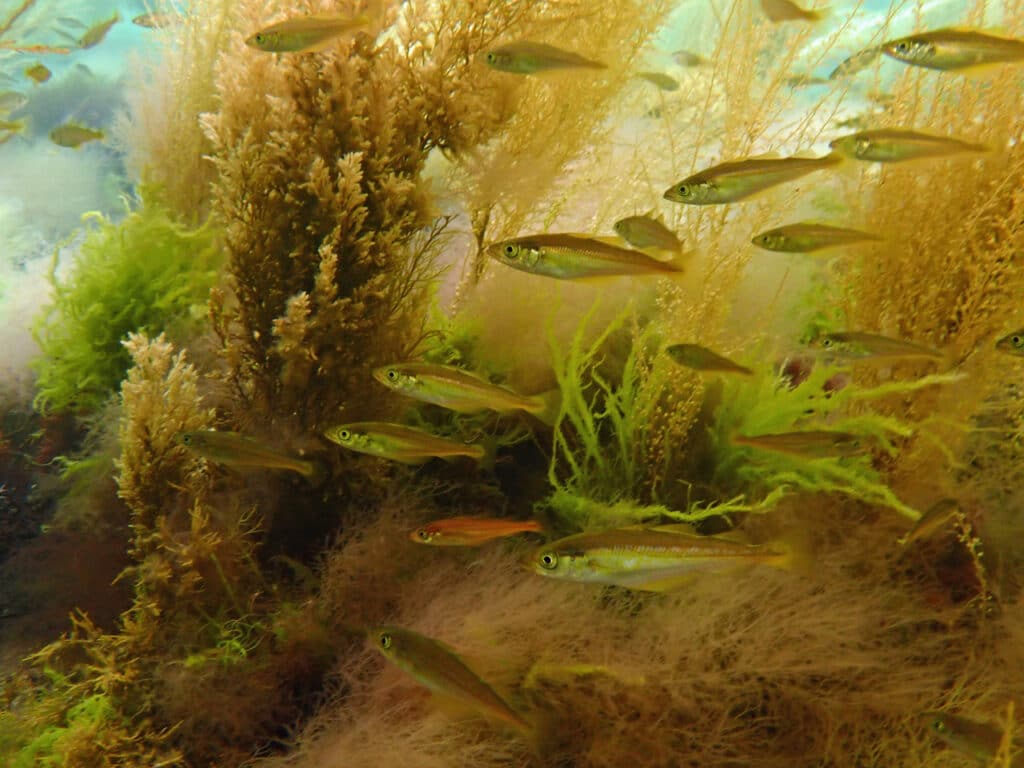
When talking about other projects she’s been involved with since joining the Société, Dr. Kinnear spoke about the Marine Biology Section’s Discovery Sessions which they ran over the summer. These are guided visits to the shoreline where members from the Section will take groups on guided talks around different parts of Jersey’s coast.
“I’m a marine biologist and every single time I go to do one of these Discovery Sessions, I learn something new,” Dr. Kinnear says.
The Section are also encouraging Islanders to log any marine species they encounter on their own trips to the shoreline on a free app called iNaturalist. Users can simply take a photo of a species, upload it to the app and then an expert will verify the species. Dr. Kinnear explains that public involvement all goes towards discovering and collecting more data about local marine life, something she describes as “citizen science”.
“Some of our members are finding Jersey firsts of species and getting them verified on iNaturalist. It’s a really easy way to get everybody involved in actually monitoring what we find on Jersey coastlines.”
So, what else can Islanders do to do their bit for Jersey’s marine health? Here’s a summary of Dr. Kinnear’s top tips:
- Enjoy the environment but learn about it too: have conversations with other coastal users about what kinds of species they’d find in the area and what changes they’ve observed.
- If you see something that concerns you, report it: if you’re worried that someone may be violating the NTZ, do not confront them yourself, but contact Marine Resources so they can send someone to investigate.
- Interact with the shoreline responsibly: if you move anything, make sure you put it back where you found it or you threaten those eco-systems.
- Leave nothing but footprints: when you go to enjoy Jersey’s coastal areas ensure you take away your rubbish, and maybe take a few minutes to collect any rubbish you find. If everyone did this, it would make a big difference.
- Join the Marine Biology Section: if you want to get even more involved, anyone is welcome to attend the Section meetings regardless of experience level.
For more information about the Marine Biology Section, follow them on Facebook or get in touch by emailing marinebiology@societe.je.
